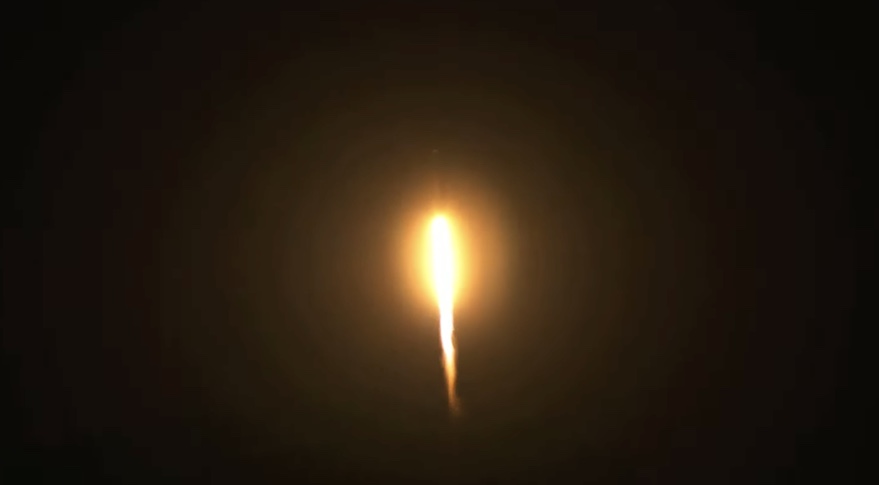WASHINGTON — SpaceX launched its first dedicated polar Starlink mission Sept. 13 as the company moves into the next phase of deployment of its broadband satellite constellation.
A Falcon 9 lifted off from Space Launch Complex 4E at Vandenberg Space Force Base in California at 11:55 p.m. Eastern. The rocket’s payload of 51 Starlink satellites deployed 15 and a half minutes after launch, although it took an additional 11 minutes to confirm the satellites separated as expected.
The rocket’s first stage, making its tenth flight, landed on a droneship in the Pacific Ocean nearly nine minutes after liftoff. The booster, the second to have reached the ten-flight milestone, had previously launched seven other Starlink missions as well as the Telstar 18 Vantage and Iridium-8 missions.
The launch was the first dedicated Starlink launch since May 26, although three Starlink satellites were included on the Transporter-2 rideshare mission that launched June 30. The launch was also the first dedicated launch of Starlink satellites to polar orbit.
SpaceX blamed the long gap in Starlink launches on delays in completing a new series of satellites that include laser inter-satellite links. Those links will minimize the number of ground stations the network needs to provide service in the polar regions and over the oceans.
At a panel session during the 36th Space Symposium Aug. 24, Gwynne Shotwell, president and chief operating officer of SpaceX, said delays in equipping those satellites with crosslinks was “why we have been struggling” to perform a Starlink launch. She estimated then that the next launch would be “roughly three weeks,” which proved accurate.
Shotwell said that all future Starlink satellites with have laser intersatellite links, a point the company confirmed on the launch webcast. SpaceX also confirmed it’s working on a new version of the Starlink user terminal that will be cheaper and faster for the company to produce.
Previous Starlink missions to mid-inclination orbits carried 60 satellites, while this mission carried 51. SpaceX didn’t explain if the reduced number of satellites was because of the higher inclination of the mission, increased size or mass of the satellites because of their new crosslinks, or some combination of those factors.
This launch was the first of two scheduled this week by SpaceX. Another Falcon 9 will launch a Crew Dragon spacecraft on the Inspiration4 private crewed mission, with four people on board. That launch is scheduled for a five-hour window that opens Sept. 15 at 8:02 p.m. Eastern from Kennedy Space Center in Florida.
